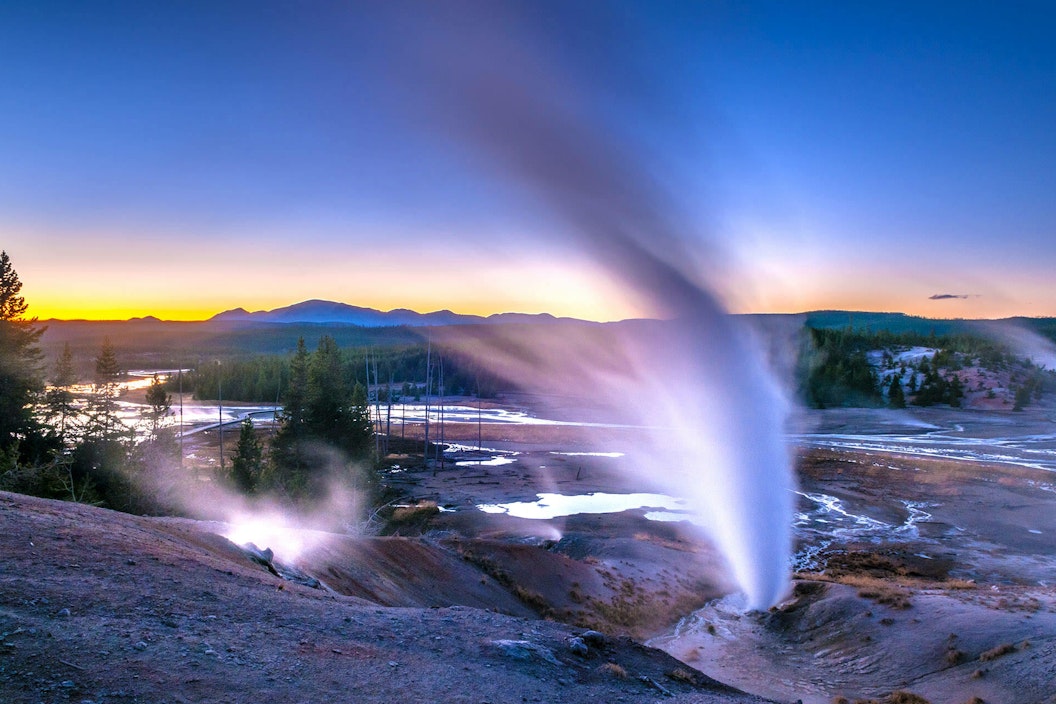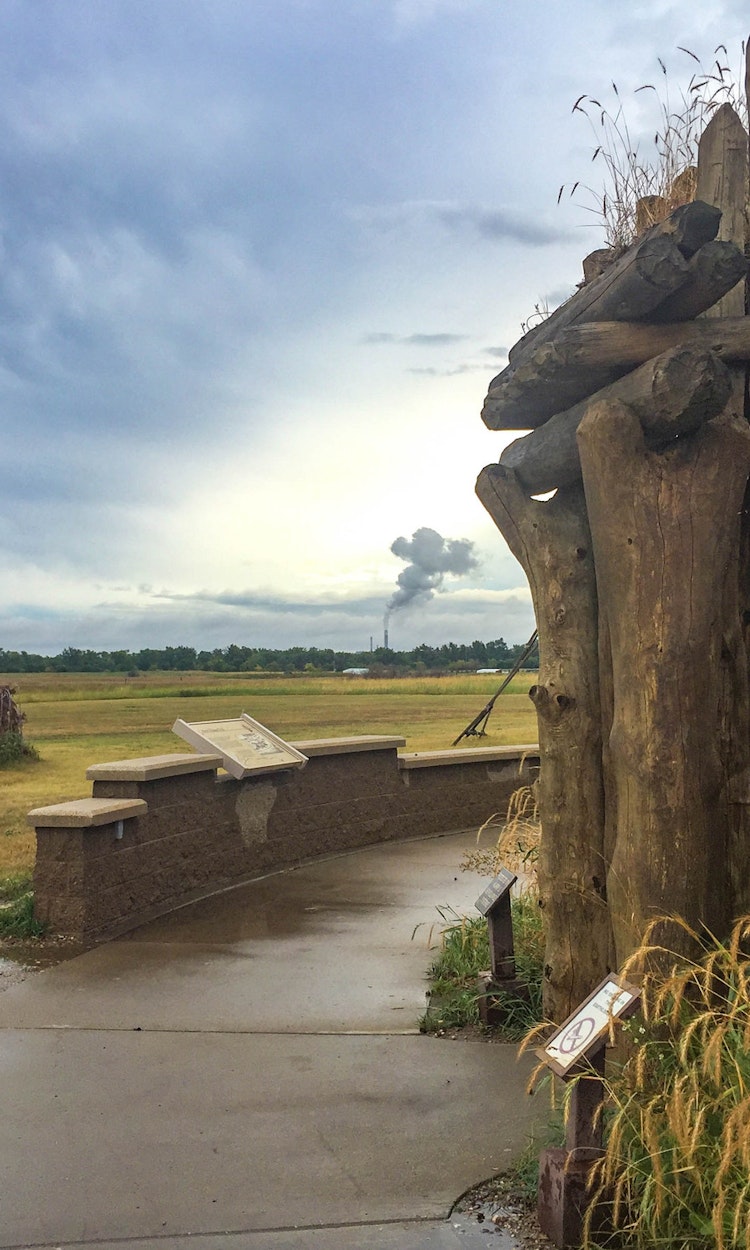
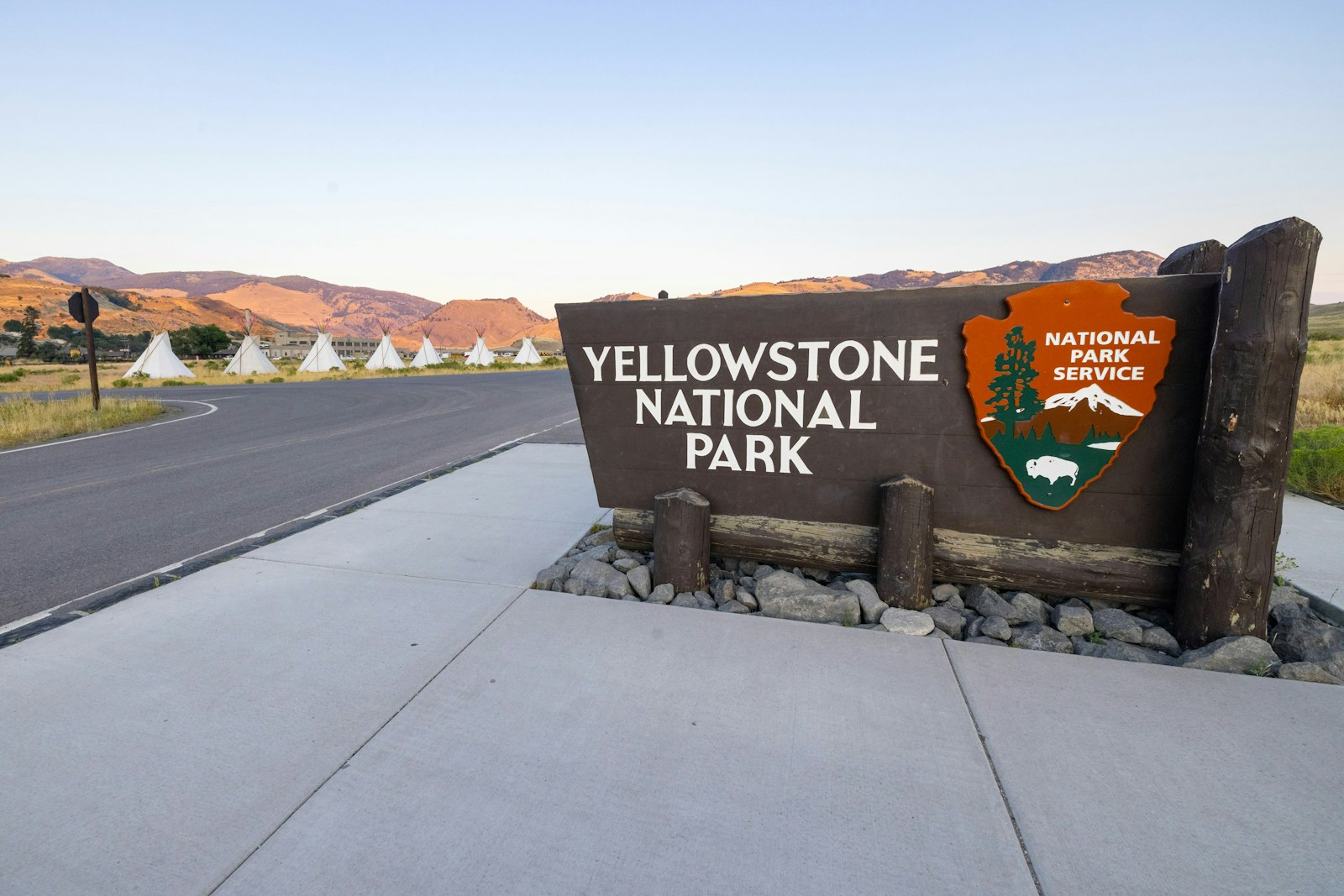
.
.
Yellowstone National Park is the oldest national park in the United States, and Native Americans have a traditional and modern connection to the land, stretching back long before it was a national park. Today, there are 27 Native American Tribes formally associated with the Yellowstone area.
The National Park Foundation (NPF) recently supported two projects at Yellowstone National Park, both supported by Yellowstone Forever, the park’s official nonprofit partner. These initiatives, dedicated to preserving the park’s Indigenous culture, include expanding opportunities for Tribal members in bison conservation and commemorating the park’s 150th anniversary through captivating Indigenous art installations. Together, these projects underscore a collective effort to honor and safeguard the deep cultural roots that make Yellowstone a testament to the continuous relationship between its landscape and Indigenous heritage.
Expanding Opportunities in Conservation
Yellowstone National Park is home to the nation’s largest bison population on public land, with thousands of individual bison freely roaming the park and parts of Montana. In 2018, Yellowstone Forever initiated the Bison Conservation Transfer Program, which focuses on preserving Yellowstone bison. The program’s goal is to rehome Yellowstone-origin bison to Native American Tribes and support ecological and cultural conservation by capturing migrating bison and subjecting them to multi-year quarantines before being translocated. Yellowstone bison are a reservoir of some of the most valuable genetics for long-term conservation of the species and can only be augmented into other herds through this program.
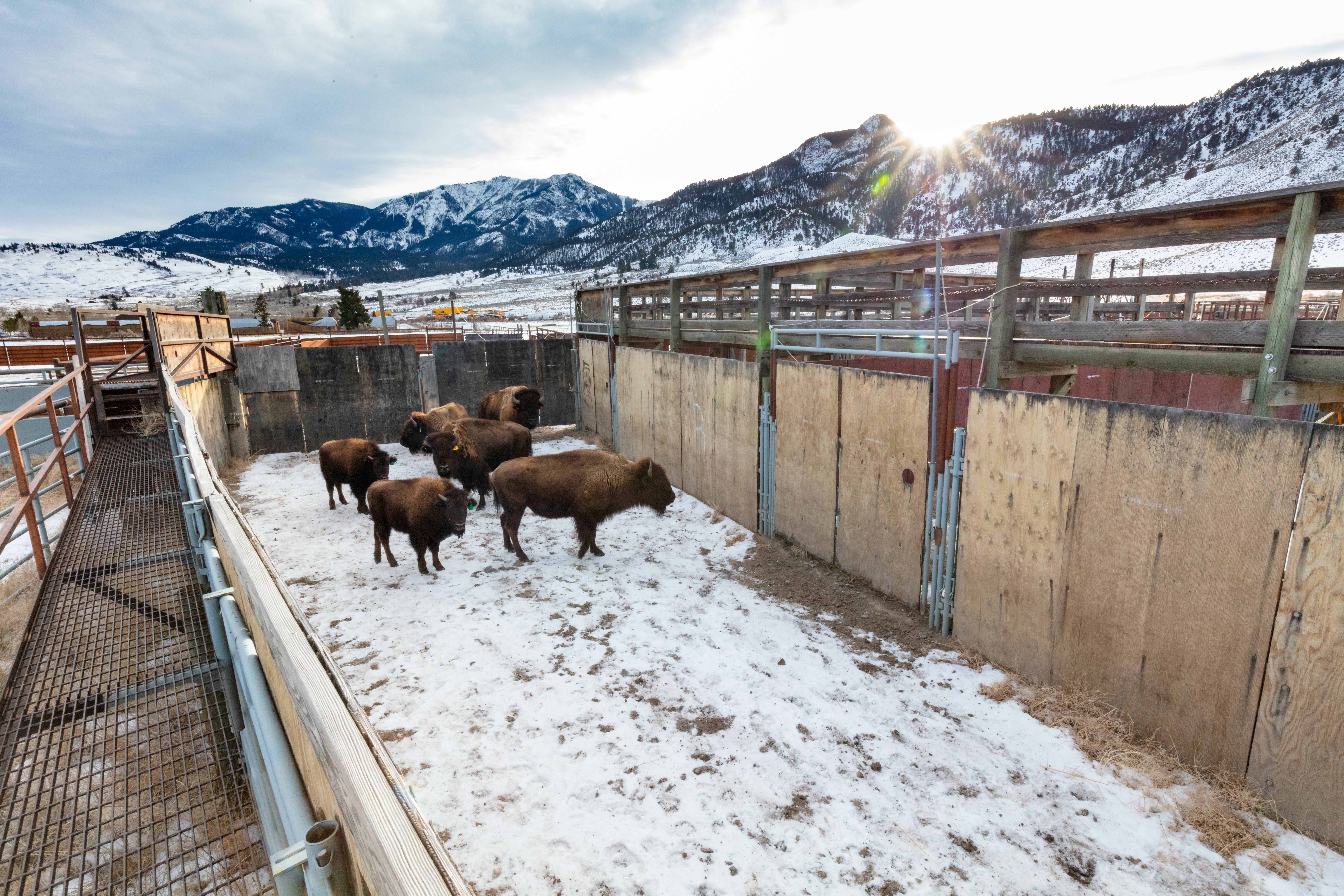
NPF supported the program’s expansion by funding internship opportunities for four Tribal members to work alongside National Park Service (NPS) staff in caring for, handling, and testing bison held within the park’s quarantine facility. These interns learned low-stress bison-handling techniques, as well as USDA regulations for marking and tracking individuals, and helped complete disease tests required for the interstate transport of bison back to Tribal lands. By the end of their internships, they helped return 50 of the first family group of Yellowstone bison back to Native Tribes. Additionally, this collaboration enriched park staff with new perspectives and cultural insights from Tribal members. By working alongside Tribal interns, NPS staff gained valuable knowledge about Indigenous ways of thinking about bison and land management, enhancing their understanding of the interconnectedness of bison conservation, Tribal culture, and the park ecosystem.
Since 2019, a total of 414 bison have been transferred from Yellowstone to the Assiniboine and Sioux Tribes at Fort Peck, Montana through the Bison Conservation Transfer Program. Nearly all of those bison and their offspring have then been further distributed to 26 Tribes across 12 states in partnership with the InterTribal Buffalo Council. NPF’s support of the program not only contributed to the restoration of Yellowstone bison but provided invaluable opportunities for the Tribal interns, fostering skills in bison management, and supported the ongoing conservation of bison, Tribal culture, and local economies.
Commemorating 150 Years
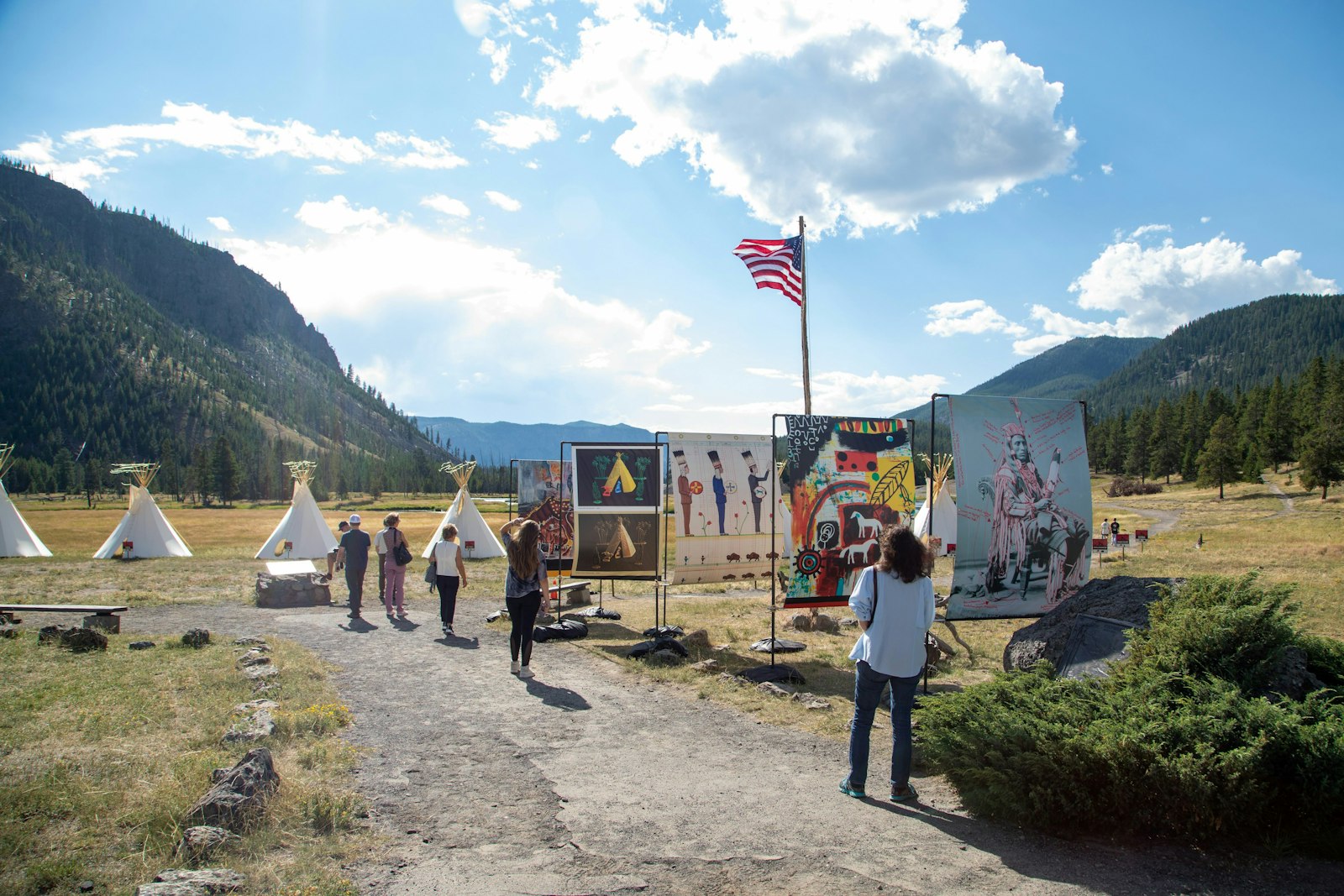
Another NPF grant supported the celebration of Indigenous culture and history through the ‘Yellowstone Revealed All Nations Teepee Village Art Installations 150th Event.’ The project, led by Mountain Time Arts and supported by Yellowstone Forever, brought together artists, Indigenous scholars, and communities to create a unique, immersive experience for the park’s 150th.
The project unfolded across two summers, 2022 and 2023. The inaugural phase culminated in a series of captivating art installations, blending Indigenous art, culture, and history. Led by Francesca Pine-Rodriguez and Ren Freeman, the initiative featured artists Patti Baldes, Dean Nicolai, Tim Ryan, and Shane Doyle. These installations, strategically placed at key locations around the park, served as both a tribute to Yellowstone’s history and an exploration of the often-overlooked narratives of Indigenous people in the region.
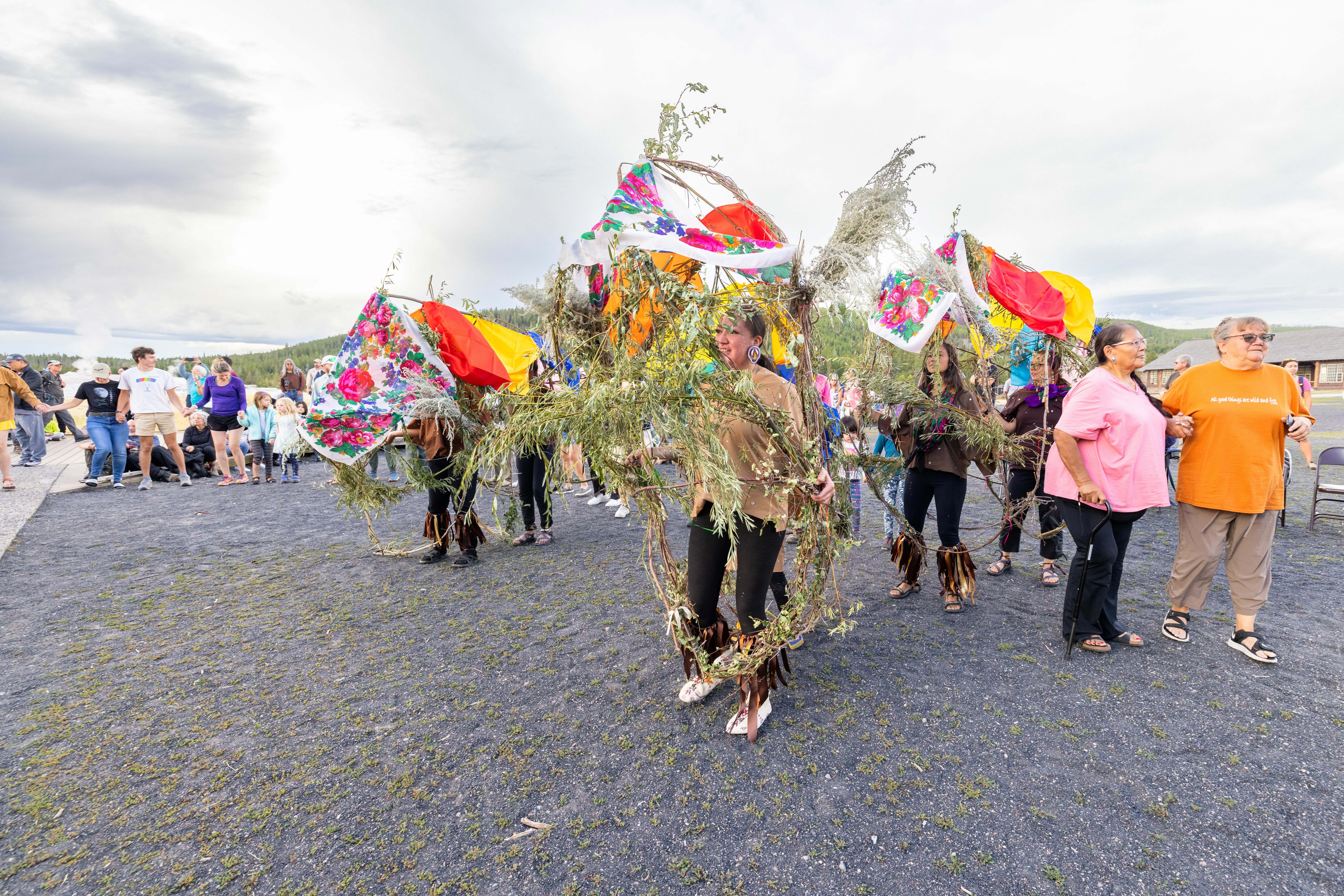
In the summer of 2022, the park transformed into a canvas for diverse expressions. Baldes’ ‘ReMatriate’ installation used willow branch sculptures to depict moving buffalo, symbolizing Indigenous women-led efforts in land rematriation. The installation was accompanied by 12 Wind River reservation dancers, led by Northern Arapaho singer Christian Wallowing Bull, along with 10 singers and drummers who helped bring the buffalo sculptures to life. Elsewhere in the park, Nicolai and Ryan engaged visitors in the series ‘ReVisiting Cultural Landscapes through Stories,’ offering interpretive hikes and storytelling sessions led by five knowledge keepers representing different tribal backgrounds and their unique connections to Yellowstone’s landscapes.
Doyle’s ‘All Nations Teepee Village’ illuminated the park with 13 teepee lodges, embodying a new era of Indigenous inclusion and representation in the park. The lodges and signs represented and provided space for the 27 affiliated Tribal nations of the area. Additionally, seven teepees were illuminated from dusk until dawn in the ‘Resiliency of the People’ installation by Pretty Shield Foundation and Rocky Mountain Tribal Leaders Council. The installations not only captured the attention of global visitors but also left a lasting impact on those who immersed themselves in the rich history and culture of the park.
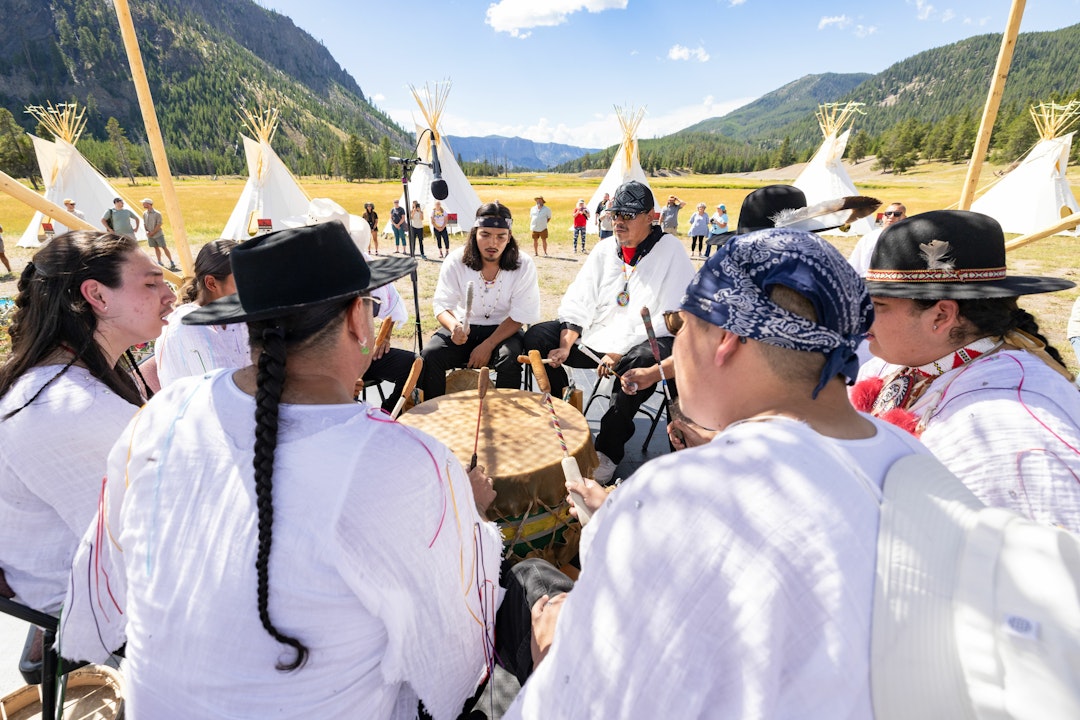
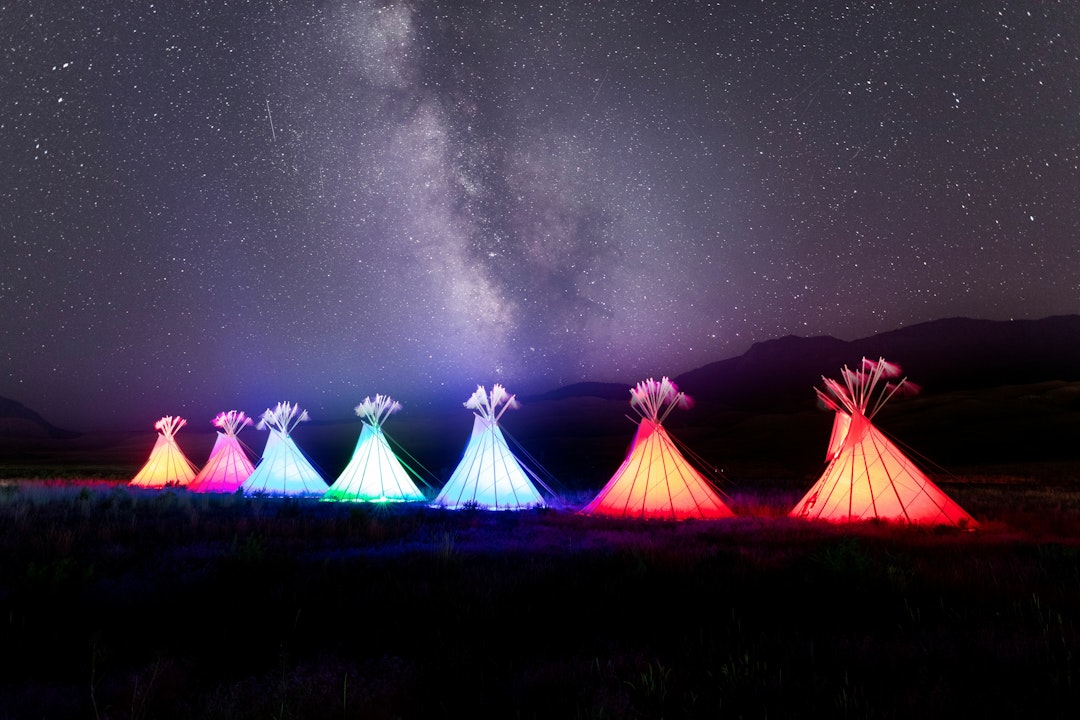
The two-year project, funded by NPF in 2022, extended into the summer 2023, building upon the successes of the initial installations. In this second phase, artists Sean Chandler (Aaniinen) and Ben Pease (Apsáalooke and Northern Cheyenne) brought fresh perspectives, weaving historical Indigenous events and contemporary narratives into their immersive exhibits. Chandler’s ‘WHEN WE USED TO BE’ featured 11 teepees adorned with liners, while Pease’s ‘AMMACHHÍIA: JOURNEY THROUGH TIME AND CULTURE’ reimagined Yellowstone’s landscape showcasing teepee lodges with mixed media, canvas portraits, and a transparent teepee using screen mesh. These new additions, along with debuting original pieces, contributed to a comprehensive exploration of the enduring presence of Tribal nations within the Yellowstone area.
Both years, the project highlighted the rich history of Indigenous people in and around Yellowstone National Park. All the installations were made to have minimal impact on the site, and although temporary, they transported people into the past and future of the land, providing an engaging way to learn about environmental stewardship and the Indigenous culture and history of Yellowstone.
Related Programs
-
 Native American Fund
Native American Fund

